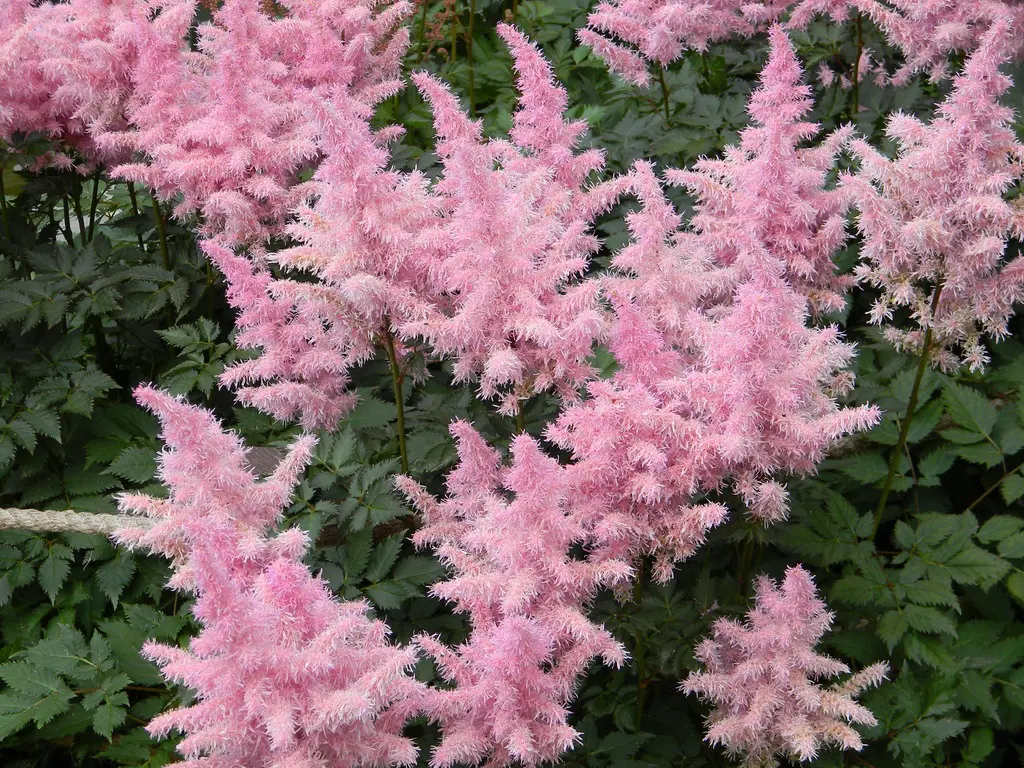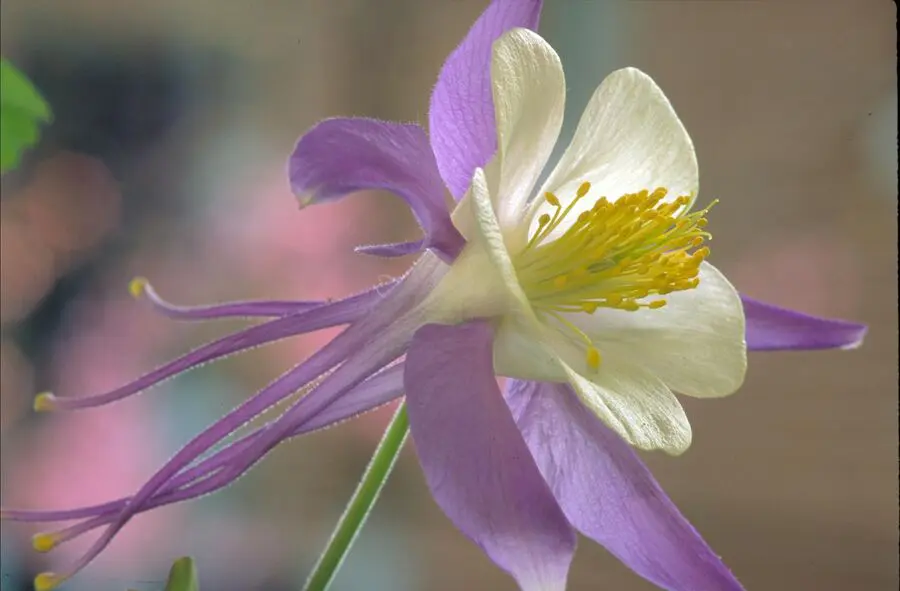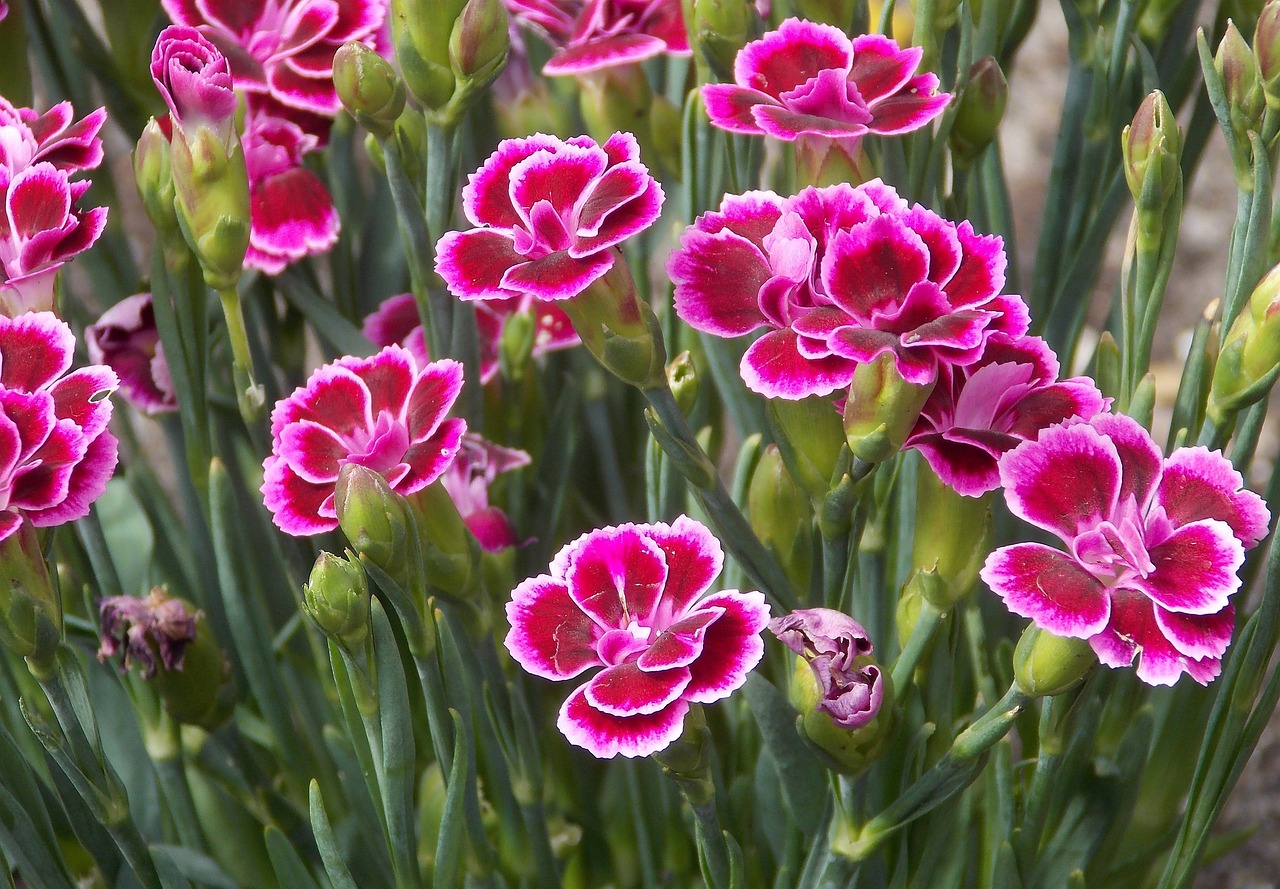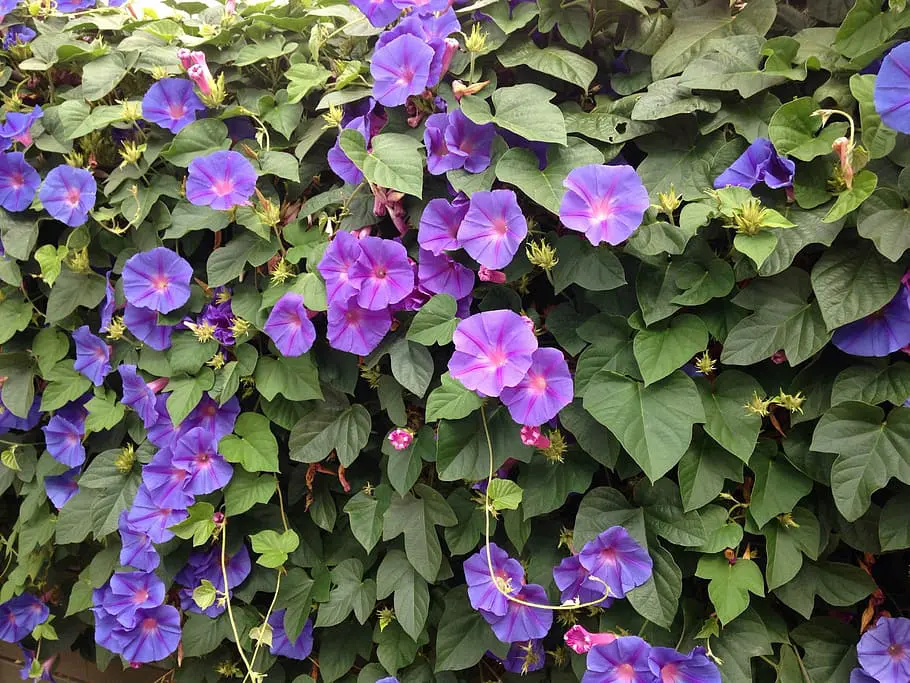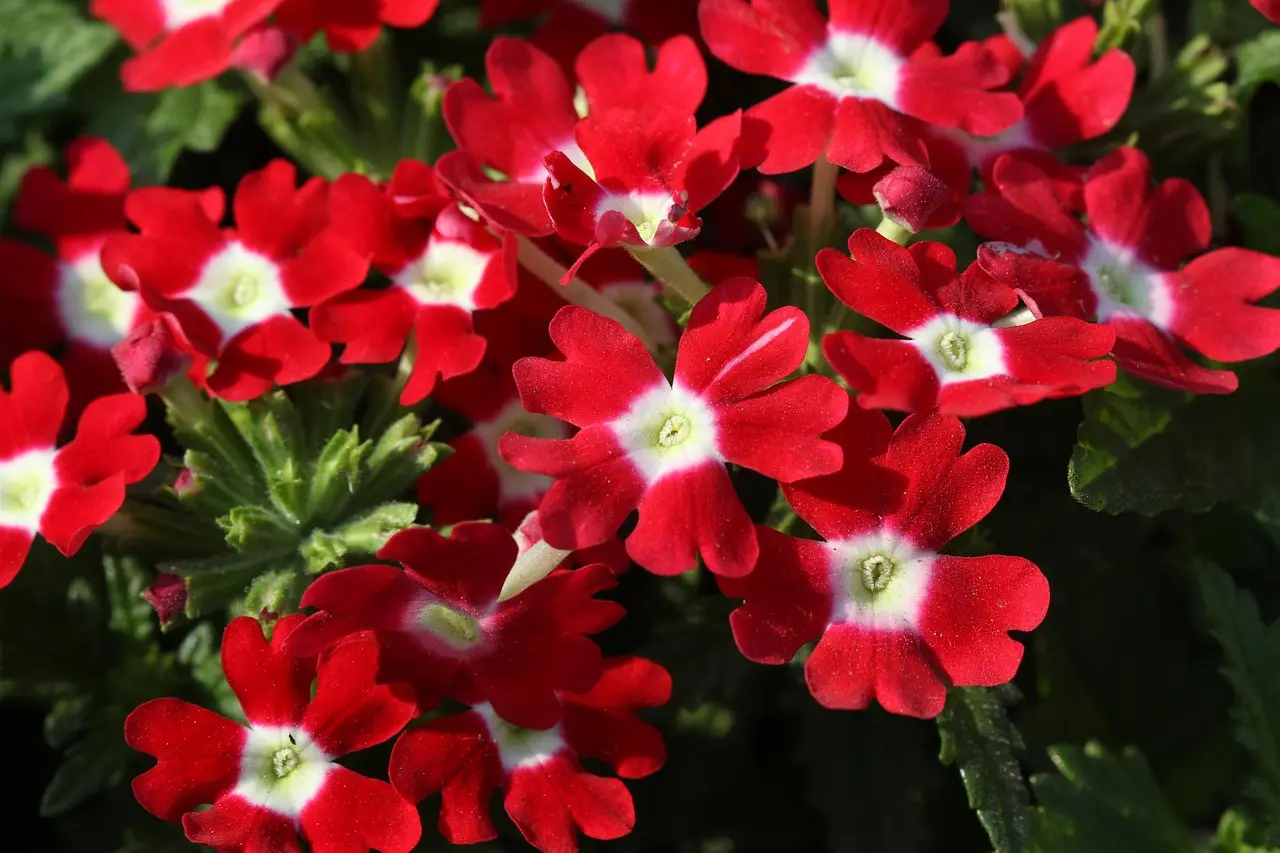This post contains affiliate links. If you buy something from one of our links we may earn a commission. Thanks
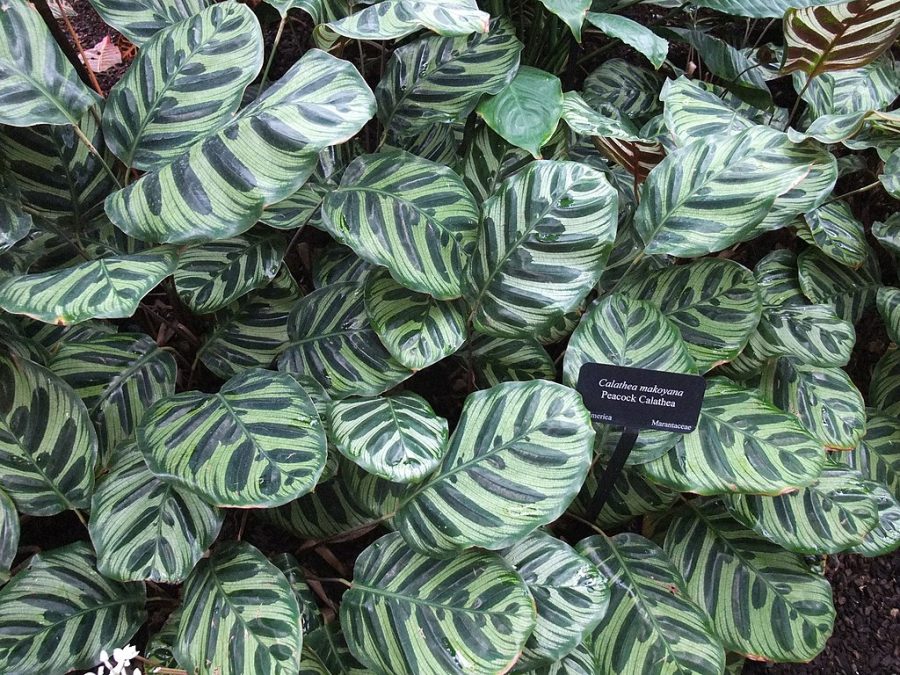
Discover the joy of Peacock Plant Care with our comprehensive guide. Learn about its origin, ideal growing conditions, watering needs, and more. Your peacock plant will thank you!
Peacock Plant care involves placing the plant in indirect sunlight, maintaining a humid environment, and watering when the top inch of soil feels dry. Opt for well-draining soil and keep indoor temperatures between 60-75°F. Fertilize monthly during the growing season for optimal foliage color and growth.
Introduction To Peacock Plant Care
Embarking on the journey of Peacock Plant Care can be an exciting adventure filled with vibrant colors and unique growth patterns.
This guide is your trusty companion on this journey, offering a wealth of knowledge about this stunning plant.
We’ll explore its origins, delve into the ideal conditions for its growth, and demystify the watering and feeding process.
We’ll also tackle common problems and their solutions and even guide you through the propagation process.
By the end of this post, you’ll be well-equipped to provide the best care for your Peacock Plant, ensuring it flourishes in your home.
So, let’s get started and unlock the secrets of successful Peacock Plant Care!
What is a Peacock Plant?
The Peacock Plant, scientifically known as Calathea Makoyana, is a captivating houseplant that’s renowned for its stunning foliage.
Its leaves, which are often likened to a peacock’s tail, showcase a beautiful pattern that’s reminiscent of a watermelon’s skin, with a contrasting maroon-purple color on the reverse side.
This plant is a true spectacle of nature, adding an exotic touch to any indoor space.
Brief Overview of the Peacock Plant
Native to the tropical forests of Brazil, the Peacock Plant is an evergreen perennial that thrives in warm and humid conditions.
It’s a member of the prayer plant family, and it’s known for its unique daily movement.
The leaves rise and fall throughout the day, much like hands coming together in prayer.
This fascinating behavior has earned it the nickname ‘Prayer Plant’.
The Peacock Plant, also known as Calathea makoyana, is part of the fascinating group of plants known as prayer plants.
This name comes from the unique behavior these plants exhibit in response to changes in light.
During the day, the leaves of the Peacock Plant extend outward to catch as much light as possible.
However, as the sun sets and evening arrives, the leaves begin to fold upwards, much like hands coming together in prayer.
This movement is a response to the decrease in light and is driven by a tiny joint between the leaf and the stem, known as the pulvinus.
This daily dance of the leaves, folding upwards in the evening and extending out in the morning, adds an extra layer of charm to the already stunning Peacock Plant.
Peacock Plant Benefits
Beyond its aesthetic appeal, the Peacock Plant also brings several benefits to your home.
It’s a great air purifier, helping to improve the quality of air in your indoor spaces.
Plus, it’s non-toxic to humans and pets, making it a safe addition to households with curious cats or dogs.
And let’s not forget the joy and satisfaction that come from nurturing a plant and watching it thrive!
Importance of Proper Care
While the Peacock Plant is undeniably beautiful, it’s also known for being a bit finicky when it comes to care.
It requires just the right balance of light, humidity, and water to truly flourish.
Proper care is crucial not only for the plant’s health but also for maintaining its vibrant and colorful appearance.
But don’t worry, with the right knowledge and a bit of patience, Peacock Plant care can be a rewarding and enjoyable endeavor.
Understanding the Peacock Plant
Before we dive into the specifics of Peacock Plant care, let’s take a moment to truly understand this fascinating plant.
After all, knowing your plant is the first step towards providing it with the best care possible.
In this section, we’ll explore the origins of the Peacock Plant and delve into its unique characteristics.
This knowledge will not only help you care for your plant better but also deepen your appreciation for its beauty and uniqueness.
So, let’s embark on this journey of discovery and get to know the Peacock Plant a little better!
Origin and Natural Habitat
The Peacock Plant, or Calathea Makoyana, hails from the lush tropical forests of Brazil.
In its native habitat, it thrives under the canopy of towering trees, enjoying the dappled sunlight and high humidity levels.
This environment has shaped the Peacock Plant’s preferences for care, making it a lover of warm temperatures, indirect light, and plenty of moisture.
Understanding its natural habitat is key to recreating these conditions in your home and ensuring your Peacock Plant feels right at home.
Unique Characteristics
One of the most striking characteristics of the Peacock Plant is its stunning foliage.
The plant’s leaves are large and oval-shaped, with a unique pattern that resembles the eye of a peacock’s feather.
This pattern is a beautiful mix of green hues, with darker green markings against a lighter green background.
The underside of the leaves is just as beautiful, showcasing a rich maroon-purple color.
Another fascinating characteristic is the plant’s daily movement. The leaves rise and fall throughout the day, much like hands coming together in prayer.
This behavior, which is a response to changes in light, has earned the Peacock Plant its nickname ‘Prayer Plant’.
These unique characteristics, coupled with its air-purifying abilities and non-toxic nature, make the Peacock Plant a beloved addition to many homes.
Ideal Conditions for Growth
Creating the perfect environment for your Peacock Plant is like throwing it a welcome party and it’s all about making sure it has everything it needs to feel at home.
In this section, we’ll explore the ideal conditions for Peacock Plant growth.
From the perfect light conditions to the right temperature and humidity levels, and even the best soil type, we’ll cover it all.
We’ll also touch on the use of coco coir and perlite in your plant’s potting mix.
So, let’s roll up our sleeves and create the perfect growing conditions for your Peacock Plant!
Peacock Plant Light Requirements
The Peacock Plant is a bit of a Goldilocks when it comes to light, it needs just the right amount.
It thrives in medium to bright indirect light, which mimics the dappled sunlight it would receive under the canopy of trees in its native Brazil.
Direct sunlight can be too harsh and may cause the leaves to bleach or even burn.
If your plant is getting too much sun, you might notice the leaves getting crispy brown tips.
On the other hand, too little sun can lead to large spaces between leaves and stunted growth.
Aim to give your Peacock Plant at least 8 hours of bright, indirect light each day.
Temperature and Humidity Preferences
Being a tropical plant, the Peacock Plant loves warm temperatures and high humidity.
The ideal temperature range for this plant is between 65°F and 75°F.
Be mindful of where you place your plant, as areas near windows during the winter, drafts, or air conditioning units can get too cold.
As for humidity, the Peacock Plant prefers levels between 50-60%. You can maintain these levels by misting the leaves, using a humidifier, or setting up a peacock tray with water.
Raising Humidity Levels
Peacock Plants thrive in high humidity levels, ideally between 50-60%. This is because they originate from tropical rainforests where the air is naturally humid.
In indoor environments, especially during winter or in air-conditioned spaces, humidity levels can drop significantly, which can lead to problems like brown leaf tips or curling leaves.
Here are a few ways to increase humidity for your Peacock Plant:
- Misting: Regularly misting your Peacock Plant with distilled or filtered water can help increase the humidity around it. However, be careful not to overdo it as too much moisture can lead to fungal diseases.
- Humidifier: Using a humidifier in the room where you keep your Peacock Plant is an effective way to increase humidity levels. This can be particularly useful in winter when indoor air tends to be dry.
- Pebble Tray: Place your Peacock Plant’s pot on a tray filled with pebbles and a bit of water. As the water evaporates, it will increase the humidity around the plant. Just make sure the bottom of the pot isn’t in direct contact with the water to avoid root rot.
- Grouping Plants: Plants naturally release moisture into the air, so placing your Peacock Plant near other plants can help increase humidity.
Remember, while Peacock Plants love high humidity, they also need good air circulation to prevent fungal diseases.
So, make sure your plant isn’t in a spot where the air is stagnant.
Ideal Soil Type
The Peacock Plant prefers well-draining soil that can retain some moisture.
A good mix might include peat moss and perlite, which provide both drainage and moisture retention.
The soil should also be slightly acidic to neutral, with a pH between 6.1 and 7.8.
Coco Coir and Perlite
Coco coir and perlite are excellent additions to your Peacock Plant’s potting mix.
Coco coir, made from the husk of coconuts, is great for retaining moisture and providing the plant’s roots with plenty of air.
Perlite, on the other hand, is a volcanic glass that’s been heated until it pops like popcorn.
It’s fantastic for improving drainage and preventing waterlogging.
A mix of these two can create the perfect balance of moisture retention and drainage for your Peacock Plant.
Watering Your Peacock Plant
Watering is a bit like the heartbeat of Peacock Plant care, it’s a regular rhythm that keeps your plant happy and healthy.
But just like Goldilocks, your Peacock Plant doesn’t want its water too little or too much and it needs it just right.
In this section, we’ll dive into the specifics of watering your Peacock Plant.
We’ll discuss how often to water, how to recognize the signs of overwatering and underwatering and share some tips to ensure your plant gets the hydration it needs.
So, let’s get our watering cans ready and dive in!
Peacock Plant Watering
Watering your Peacock Plant is a delicate balance. This plant prefers its soil to be consistently moist, but not waterlogged.
To achieve this, it’s best to water your plant thoroughly, allowing the water to drain out of the bottom of the pot, and then wait until the top inch or two of the soil is dry before watering again.
This method ensures that the plant’s roots have access to the moisture they need without becoming waterlogged.
How Often to Water
The frequency of watering will depend on several factors, including the size of your plant, the size of the pot, the type of soil, and the conditions in your home.
As a general rule, you might find yourself watering your Peacock Plant once a week in the summer and once every two weeks in the winter.
However, it’s always best to check the soil before watering. If the top inch or two is dry, it’s time to water.
Avoid Using Tap Water
Tap water often contains minerals and chemicals such as chlorine and fluoride that can be harmful to sensitive plants like the Peacock Plant.
Over time, these substances can build up in the soil, leading to problems such as leaf tip burn or even root damage.
Distilled water, on the other hand, has gone through a process that removes these potentially harmful substances.
This makes it a safer choice for watering your Peacock Plant. Using distilled water can help prevent mineral buildup in the soil and keep your plant healthier in the long run.
It’s also worth noting that rainwater or filtered water can be good alternatives to distilled water.
These options are also free of the harsh chemicals and minerals found in tap water, making them safe for your Peacock Plant.
Signs of Overwatering and Underwatering
Overwatering and underwatering can both cause problems for your Peacock Plant.
Signs of overwatering include yellowing leaves, a wilting plant, and root rot. If you notice these signs, cut back on watering and ensure your plant has good drainage.
Underwatering, on the other hand, can cause the leaves to curl or become crispy.
The plant might also exhibit slow growth. If you suspect your plant is underwatered, try increasing your watering frequency slightly and monitor the plant’s response.
Remember, the key to successful watering is balance. Your Peacock Plant likes its soil to be moist, but not soggy.
By paying close attention to your plant and its needs, you can provide just the right amount of water.
Feeding and Fertilizing
Feeding and fertilizing your Peacock Plant is like setting the table for a feast and it’s all about providing the nutrients your plant needs to grow and thrive.
But how often should you feed your plant? And what type of fertilizer should you use?
In this section, we’ll answer these questions and more. We’ll guide you through the process of feeding and fertilizing your Peacock Plant, ensuring it has all the nutrients it needs to showcase its stunning foliage.
So, let’s get ready to nourish your plant and help it reach its full potential!
Type of Fertilizer to Use
When it comes to feeding your Peacock Plant, a balanced liquid or water-soluble fertilizer is a great choice.
Look for a fertilizer that has equal parts Nitrogen (N), Phosphorous (P), and Potassium (K) – often referred to as an NPK ratio.
This balance ensures your plant gets a good mix of nutrients.
It’s also a good idea to choose a fertilizer that includes micronutrients like iron, manganese, and zinc, which are essential for the plant’s health.
How Often to Feed
Feeding your Peacock Plant is a seasonal affair. During the growing season, which is typically spring and summer, you should feed your plant once or twice a month.
This provides the nutrients it needs to produce new leaves and maintain its vibrant color.
However, during the winter months, when the plant’s growth slows down, you can cut back on feeding.
In fact, it’s a good idea to stop feeding altogether during the winter to avoid over-fertilizing.
Remember, less is often more when it comes to feeding your Peacock Plant.
It’s better to underfeed than overfeed, as too much fertilizer can harm your plant.
Pruning and Repotting
Pruning and repotting are like the spa treatments of Peacock Plant care. They’re all about keeping your plant looking its best and feeling comfortable.
But when should you prune your plant? And how do you know when it’s time to repot?
In this section, we’ll delve into these topics, providing you with the knowledge you need to keep your Peacock Plant in top shape.
We’ll discuss when and how to prune, how to recognize when your plant needs repotting, and even guide you through the repotting process.
So, let’s grab our pruning shears and get started!
When and How to Prune
Pruning your Peacock Plant is a bit like giving it a haircut. It keeps the plant looking neat and encourages healthier growth.
The best time to prune is during the growing season, typically in the spring or early summer.
To prune, simply remove any yellow, brown, or damaged leaves by cutting them off at the base of the stem.
Always use clean, sharp scissors or pruning shears to avoid spreading disease.
Regular pruning not only keeps your plant looking its best, but it also helps to improve airflow and prevent pest infestations.
Peacock Plant Repotting
Repotting your Peacock Plant gives it more room to grow and refreshes the nutrients in its soil.
The best time to repot is in the spring, just before the growing season begins.
To repot, gently remove the plant from its current pot and place it in a new pot that’s 1-2 inches larger in diameter.
Fill the pot with a well-draining potting mix, ideally one that includes coco coir and perlite, and water thoroughly.
Signs Your Plant Needs Repotting
Your Peacock Plant will typically tell you when it’s ready to be repotted.
Some signs to look out for include roots growing out of the drainage holes, water sitting on the surface of the soil for a long time after watering, or the plant becoming top-heavy and tipping over.
If you notice any of these signs, it’s likely time to give your Peacock Plant a new home.
Remember, repotting is a great opportunity to check the overall health of your plant and address any issues you might find.
Here’s a step-by-step guide to repotting your Peacock Plant:
Choose the Right Pot: Select a new pot that’s 1-2 inches larger in diameter than the current one. Make sure it has good drainage holes to prevent waterlogging.
Prepare the Pot: Fill the new pot about one-third full with a well-draining potting mix. A mix that includes coco coir and perlite is ideal for Peacock Plants.
Remove the Plant: Carefully remove the Peacock Plant from its current pot. You can do this by gently tipping the pot sideways and easing the plant out. Try to keep the root ball intact as much as possible.
Inspect the Roots: Take a moment to inspect the roots. If you see any that are damaged or overly long, trim them back with clean, sharp scissors.
Place the Plant: Place the plant in the new pot. The top of the root ball should be just below the rim of the pot.
Add More Soil: Fill in around the plant with more potting mix, pressing it down lightly to remove any air pockets. Leave some space at the top to allow for watering.
Water Thoroughly: After repotting, give your Peacock Plant a good watering. This will help the plant settle into its new home and ensure the roots make good contact with the soil.
Place in Ideal Conditions: Return the plant to its usual spot, ideally somewhere with bright, indirect light, and continue with your regular Peacock Plant care routine.
Remember, repotting can be a bit of a shock for plants, so don’t worry if your Peacock Plant takes a little time to adjust to its new pot. With the right care, it should bounce back and continue to thrive.
Common Peacock Plant Problems and Solutions
Even with the best care, your Peacock Plant might occasionally run into a few problems.
But don’t worry, most common issues can be easily resolved once you know what to look for.
In this section, we’ll explore some of the most common Peacock Plant problems and their solutions.
From pests and diseases to signs of overwatering or underwatering, we’ll arm you with the knowledge you need to keep your plant healthy.
So, let’s put on our plant detective hats and get ready to solve some plant mysteries!
Common Pests and Diseases
Peacock Plants, like many houseplants, can sometimes be affected by pests and diseases.
Some of the most common pests include spider mites, which can cause the leaves to become bronzed or flecked, and scale insects, which can lead to yellow spots on the leaves.
Overwatering can also lead to root rot, a disease that can cause the leaves to yellow and the plant to wilt.
How to Treat and Prevent These Issues
If you notice signs of pests on your Peacock Plant, the first step is to isolate the plant to prevent the pests from spreading to your other plants.
For spider mites, neem oil or a miticide can be used, and the application should be repeated every two weeks until the mites are under control.
Scale insects can often be removed manually or treated with insecticidal soap.
To prevent root rot, ensure your plant has good drainage and avoid overwatering.
If you suspect your plant has root rot, you may need to repot the plant, removing any rotten roots and replacing the soil.
Prevention is always the best cure when it comes to pests and diseases.
Regularly inspect your plant for signs of pests, keep it in the right conditions to reduce stress, and maintain good watering practices to prevent root rot.
By taking these steps, you can keep your Peacock Plant healthy and happy.
Peacock Plant Propagation
Propagating your Peacock Plant is like creating a new generation and it’s a way to share the beauty of this plant with others or simply expand your own collection.
But how do you propagate a Peacock Plant? In this section, we’ll explore two common methods: division and stem cuttings.
We’ll provide a step-by-step guide for each method, helping you successfully create new Peacock Plants.
So, let’s get ready to multiply the beauty of this stunning plant!
Division
Division is a common method of propagation for Peacock Plants. This method involves separating the plant into two or more sections, each with its own roots and shoots.
The best time to do this is in the spring when the plant is actively growing.
Division Step-by-step Propagation Guide
Prepare Your Materials: You’ll need a clean, sharp knife or pair of scissors, a new pot, and fresh potting mix.
Remove the Plant: Carefully remove the Peacock Plant from its pot. Try to keep the root ball intact as much as possible.
Divide the Plant: Look for natural divisions in the plant where it has multiple stems or shoots. Using your knife or scissors, gently separate the plant into two or more sections, making sure each section has roots attached.
Plant the Divisions: Plant each division in its own pot filled with fresh potting mix. Water thoroughly.
Care for the New Plants: Place the new plants in a warm, bright location out of direct sunlight. Keep the soil consistently moist but not waterlogged.
Stem Cuttings
Stem cuttings are another method of propagating Peacock Plants. This involves taking a cutting from a healthy stem and rooting it to create a new plant.
Stem Cuttings Step-by-step Propagation Guide
Prepare Your Materials: You’ll need a clean, sharp pair of scissors or a knife, a small pot, fresh potting mix, and rooting hormone (optional).
Take a Cutting: Choose a healthy stem with at least two leaves. Cut just below a leaf node (where the leaf joins the stem), leaving about 1-2 inches of stem.
Apply Rooting Hormone: This step is optional, but it can help to encourage rooting. Dip the cut end of the stem into the rooting hormone, shaking off any excess.
Plant the Cutting: Plant the cutting in a small pot filled with fresh potting mix. The leaf node should be just above the soil surface.
Care for the Cutting: Place the pot in a warm, bright location out of direct sunlight. Keep the soil consistently moist but not waterlogged. In a few weeks, the cutting should develop roots and start to grow as a new plant.
Peacock Plant Care FAQs
Every plant owner has questions, and Peacock Plant owners are no exception.
In this section, we’ll address some of the most frequently asked questions about Peacock Plant care.
From their ease of care to their watering needs, we’ll provide clear, concise answers to help you better understand and care for your Peacock Plant.
So, let’s dive into these questions and quench your curiosity!
Q: Are peacock plants easy to care for?
A: Peacock Plants are moderately easy to care for. They do have specific requirements for light, temperature, and humidity, but once you understand these needs, caring for a Peacock Plant can be quite straightforward.
They’re not the most low-maintenance plants, but with a bit of attention and care, they can thrive beautifully in your home.
Q: How do you maintain a peacock plant?
A: Maintaining a Peacock Plant involves providing it with the right conditions and regular care.
This includes placing it in a location with bright, indirect light, keeping it in a warm and humid environment, watering it when the top inch of soil is dry, and feeding it with a balanced fertilizer during the growing season.
Regularly checking for pests and diseases is also important to keep your plant healthy.
Q: Do peacock plants like to be misted?
A: Yes, Peacock Plants enjoy being misted. They originate from tropical areas where the humidity is high, so misting can help replicate these conditions.
Misting can also help keep the leaves clean and free from dust.
However, it’s important to only mist with distilled or filtered water to avoid leaving mineral spots on the leaves.
Q: Where is the best place for a peacock plant?
A: The best place for a Peacock Plant is somewhere with bright, indirect light.
They can tolerate lower light conditions, but their leaf color is best in bright light.
They also prefer warm temperatures and high humidity, so a bathroom or kitchen can often be a good fit. Just make sure the room has enough light and isn’t too cold or drafty.
Peacock Plant Care Final Thoughts
As we wrap up our deep dive into Peacock Plant care, it’s time to reflect on what we’ve learned and look forward to the joy of caring for this stunning plant.
In this conclusion, we’ll recap the key points we’ve covered, from understanding the plant’s unique characteristics to mastering its care requirements.
We’ll also offer some final words of encouragement as you embark on or continue your Peacock Plant care journey.
So, let’s take a moment to celebrate the beauty of the Peacock Plant and the joy of plant care!
Recap of Key Points
We’ve covered a lot of ground in this guide to Peacock Plant care.
We started by understanding what a Peacock Plant is and its unique characteristics.
We then delved into the ideal conditions for its growth, including light requirements, temperature and humidity preferences, and the ideal soil type.
We discussed the importance of proper watering and feeding, and how to identify and address common problems.
We also walked through the processes of pruning, repotting, and propagating your Peacock Plant.
Finally, we answered some frequently asked questions about Peacock Plant care.
Encouragement for the Reader to Try Caring for a Peacock Plant
Caring for a Peacock Plant can be a truly rewarding experience. Yes, it requires a bit of attention and care, but the result is a stunning plant that can bring a touch of tropical beauty to your home.
If you’re considering adding a Peacock Plant to your indoor plant collection, I encourage you to go for it.
With the knowledge you’ve gained from this guide, you’re well-equipped to provide excellent care for a Peacock Plant.
Remember, plant care is a journey, filled with both challenges and rewards.
So, embrace the process, enjoy the experience, and watch as your Peacock Plant thrives under your care.
Read more: Benefits Of Keeping Indoor Plants











